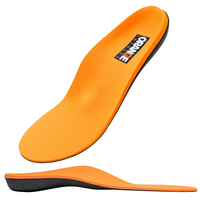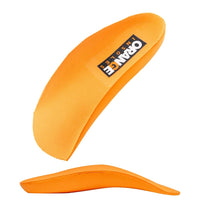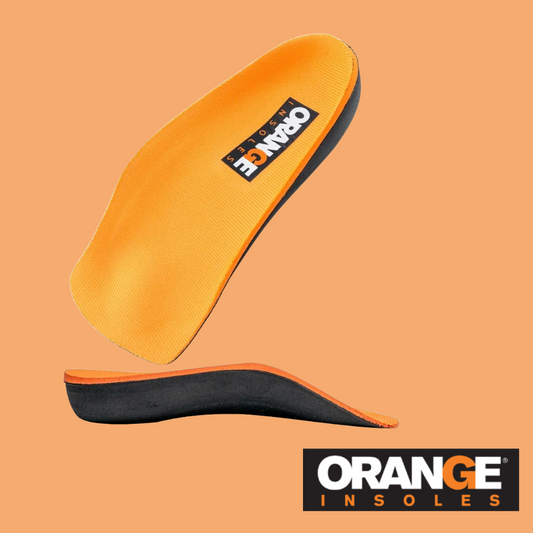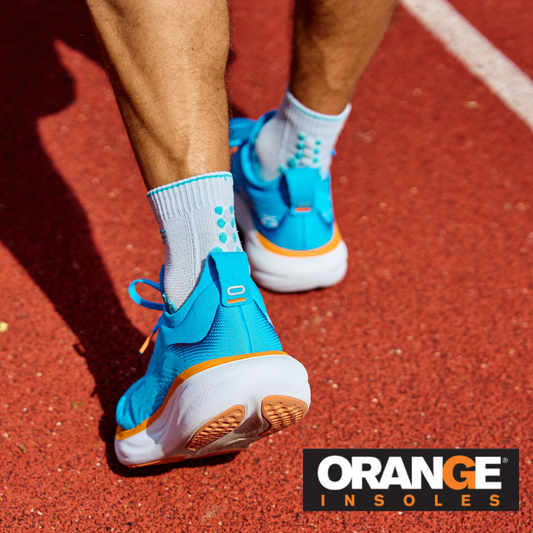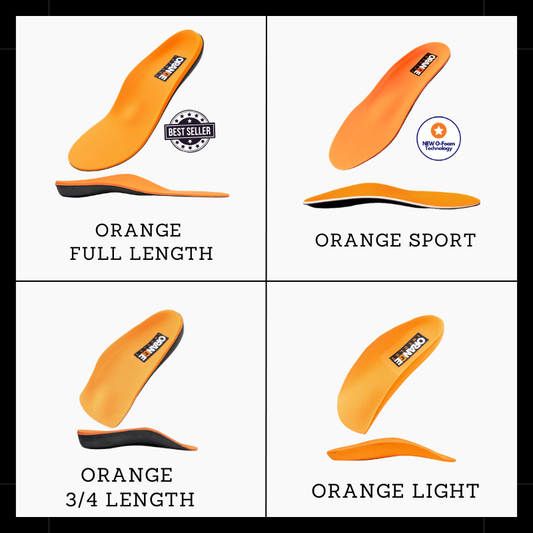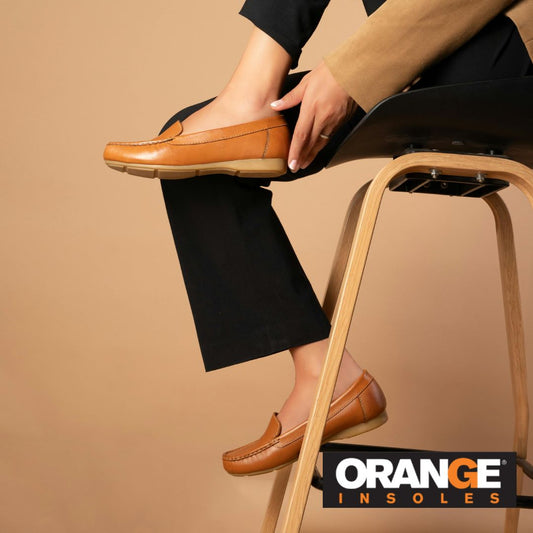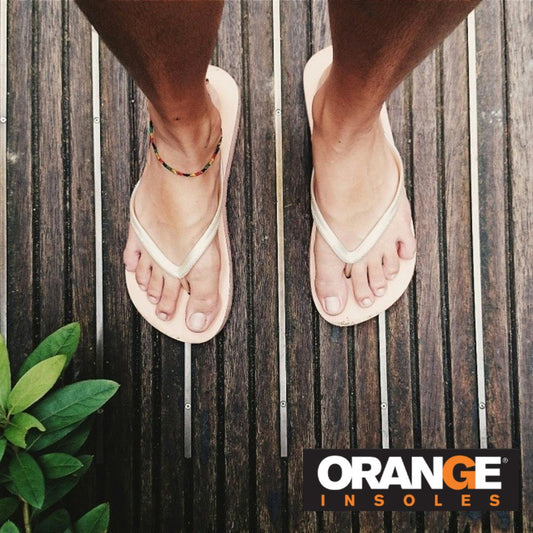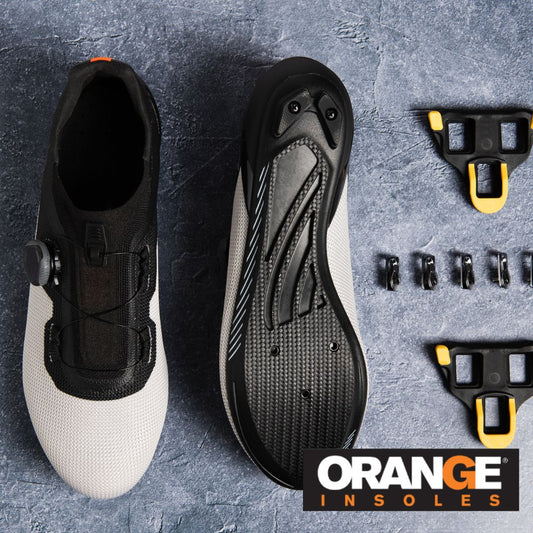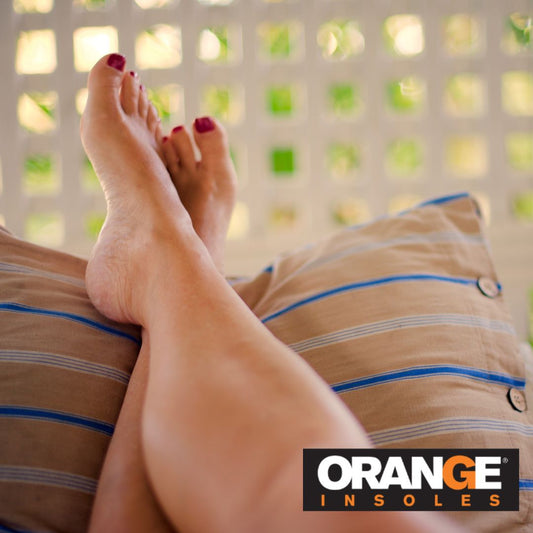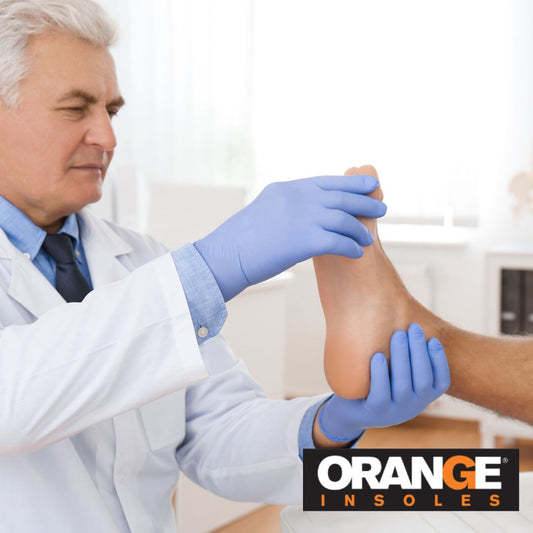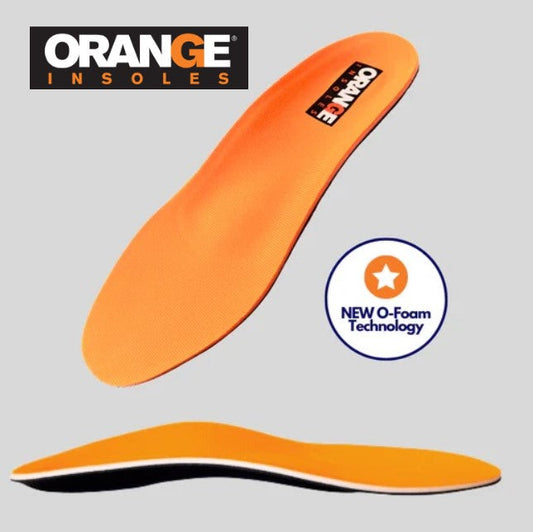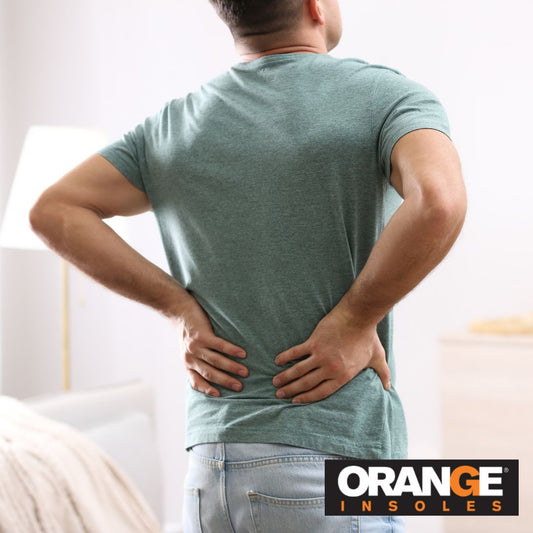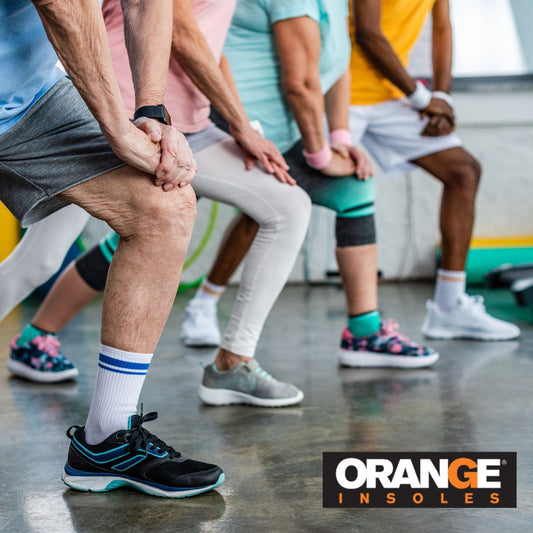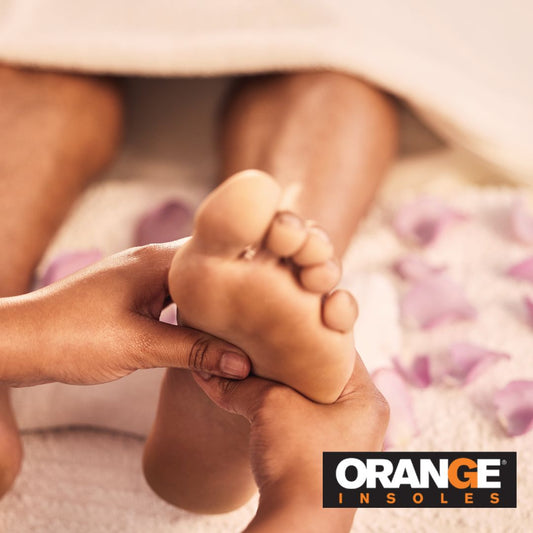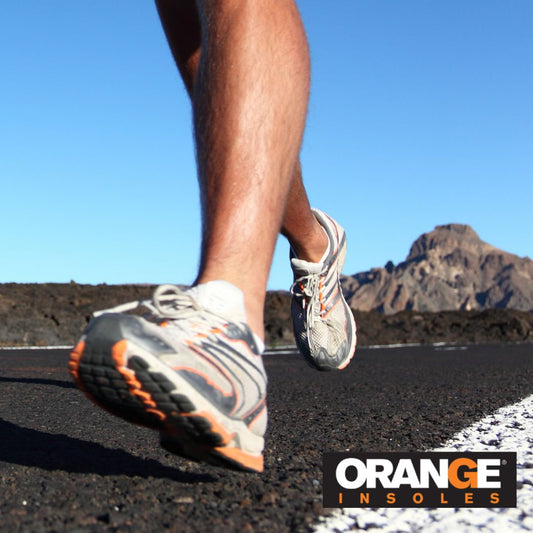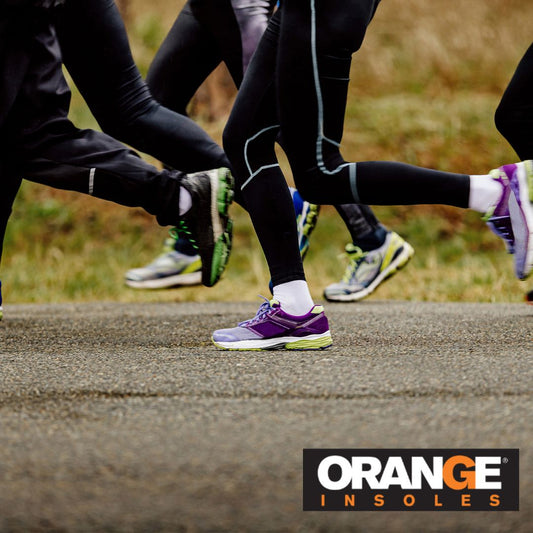If your joints feel stiff in the morning, or you notice swelling that seems to linger around your toes, ankles, or knees your body could be hinting at something more than fatigue. It might be arthritis.
Arthritis is one of the most common causes of chronic joint pain and affects over 53 million adults in the U.S. alone. While it’s often associated with aging, arthritis can appear at any stage of life, especially in people who spend long hours on their feet or engage in repetitive movements.
The good news? Understanding the signs early and learning how to protect your joints can make all the difference in keeping you mobile and pain-free for years to come.
What Is Arthritis?
Arthritis isn’t one single condition, it's a broad term that covers over 100 different types of joint inflammation. The most common include:
-
Osteoarthritis (OA): Caused by wear and tear of joint cartilage over time.
-
Rheumatoid arthritis (RA): An autoimmune disease where the immune system attacks healthy joint tissue.
-
Post-traumatic arthritis: Triggered by injury or repeated strain on a joint.
-
Gout: A form of arthritis caused by uric acid buildup, often affecting the big toe.
Regardless of the type, all forms of arthritis share one trait: joint inflammation that causes stiffness, swelling, and pain.
Common Signs of Arthritis (Especially in the Feet and Ankles)
Because your feet contain 33 joints, they’re among the first places arthritis tends to show up. Here are the telltale signs to watch for:
1. Morning Stiffness
You wake up feeling like your joints are “locked”- particularly in your toes, arches, or ankles. The stiffness often improves with movement but returns after sitting or standing for long periods.
2. Persistent Swelling
Swollen toes or ankles that feel warm to the touch may indicate inflammation inside the joint capsule.
3. Pain During or After Movement
Aching feet after long walks, hikes, or work shifts might not just be from overuse it could be the early onset of arthritis.
4. Reduced Range of Motion
You might notice it’s harder to bend your toes or flex your foot fully when climbing stairs or squatting.
5. Changes in Foot Shape
Over time, chronic inflammation can alter joint alignment, causing deformities like bunions, hammertoes, or collapsing arches.
6. Grinding or “Creaking” Sensation
As cartilage wears down, bones may rub directly against each other - producing a grinding sound or feeling.
If you notice any of these symptoms regularly, it’s worth discussing them with a podiatrist or primary care provider.
What Causes Arthritis?
While genetics play a role, lifestyle and environmental factors often determine when or if arthritis develops.
1. Wear and Tear (Osteoarthritis)
The most common cause, especially in the feet, knees, and hips. Years of walking, running, or standing on hard surfaces gradually wear away the cushioning cartilage between bones.
2. Autoimmune Response (Rheumatoid Arthritis)
In RA, your immune system mistakenly attacks healthy joint tissue, causing chronic inflammation that can spread to other joints.
3. Previous Injuries
Sprains, fractures, or joint dislocations can lead to post-traumatic arthritis months or even years later.
4. Excess Weight
Every extra pound puts up to 4 pounds of additional pressure on your knees and feet. Over time, that constant stress can accelerate cartilage breakdown.
5. Inactivity or Poor Posture
When muscles supporting the joints weaken, alignment suffers - causing uneven wear and tear.
6. Inflammation and Diet
High-sugar, highly processed diets can promote inflammation throughout the body, including your joints.
👉 For more on how food choices impact inflammation, check out The Sweet Truth: How Sugar Consumption Impacts Your Foot Health.
Managing Arthritis in the Feet and Ankles
While there’s no cure for arthritis, smart management and lifestyle adjustments can slow progression and ease discomfort.
1. Support Proper Alignment
Foot and ankle alignment plays a huge role in how forces travel up your body. A deep heel cup and contoured insole can help:
-
Reduce pressure on inflamed joints
-
Improve balance
-
Prevent overpronation (rolling inward)
The Orange Full-Length Insole provides targeted support to distribute pressure evenly across your foot helping relieve pain in the heels, ankles, knees, and even hips.
Learn more about how heel support aids joint health in Why Orange Insoles Are Effective: Our Signature Deep Heel Cup.
2. Stay Active, But Gentle
Low-impact exercises like swimming, cycling, or yoga keep joints flexible without overloading them. Gentle stretching, especially around the calves and ankles, helps maintain mobility.
3. Manage Inflammation
Apply ice packs to sore joints after activity and use warm compresses in the morning to ease stiffness.
4. Watch Your Diet
Focus on anti-inflammatory foods like salmon, olive oil, berries, and leafy greens. Cut down on refined sugar, fried foods, and processed snacks.
5. Maintain a Healthy Weight
Even small reductions in weight can significantly reduce joint stress and pain.
When to Seek Professional Help
See a doctor or podiatrist if you experience:
-
Persistent pain that lasts more than a few weeks
-
Visible swelling or warmth in joints
-
Difficulty walking or performing daily activities
-
Sudden flare-ups of redness and extreme tenderness (possible gout)
Early intervention can prevent further joint damage and help you develop a long-term care plan.
Take Charge of Your Joint Health
Arthritis doesn’t have to slow you down - but it does require awareness and care. By recognizing the signs early, supporting your body with the right footwear and insoles, and staying active in smart ways, you can manage pain and keep moving comfortably for years to come.
Remember, your feet are your foundation and treat them with the same care you’d give any vital part of your body.
Ready to give your joints the support they deserve? Visit the Orange Insoles Shop and find the perfect insole to help align, cushion, and protect your every step.
